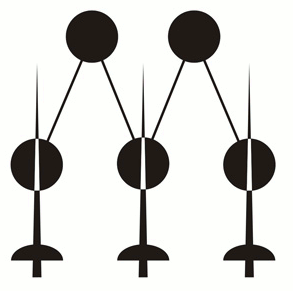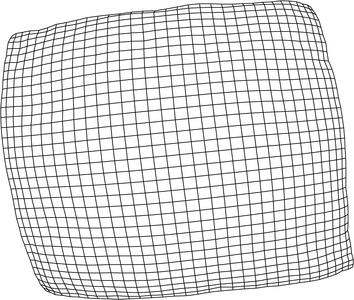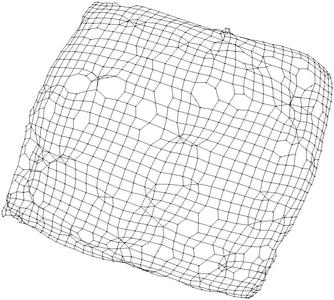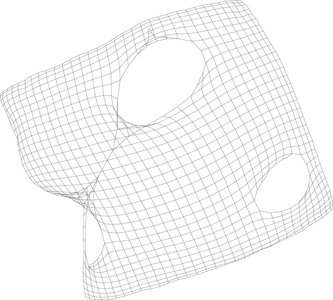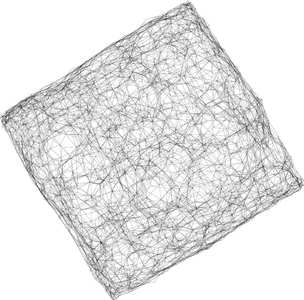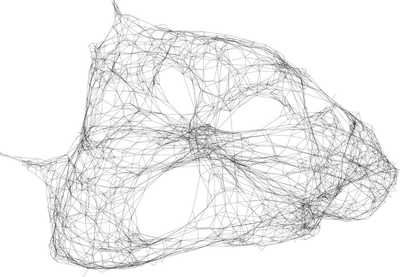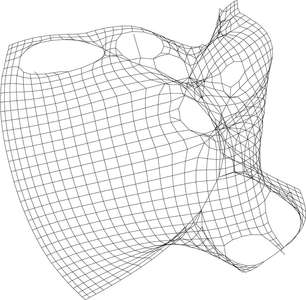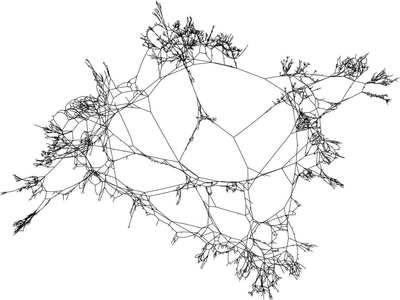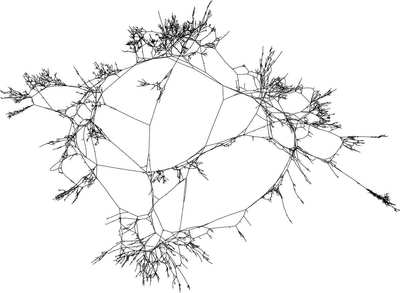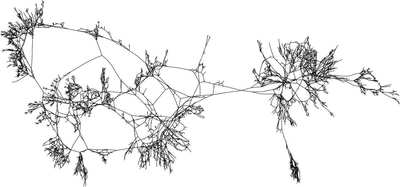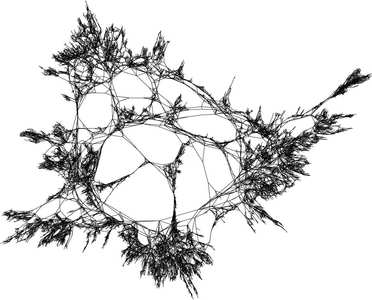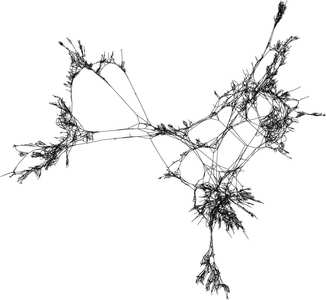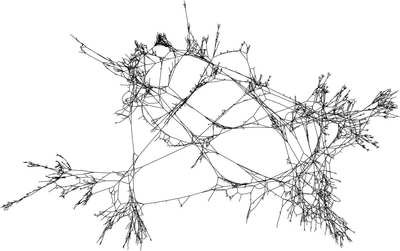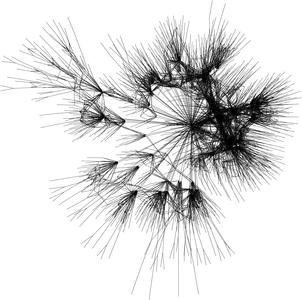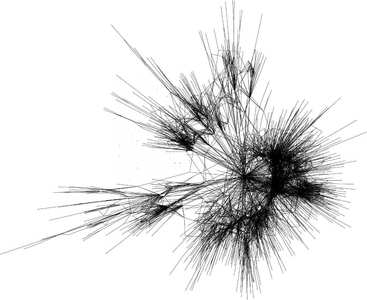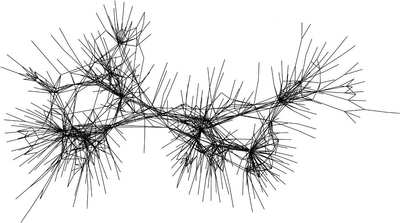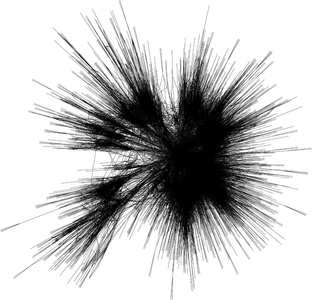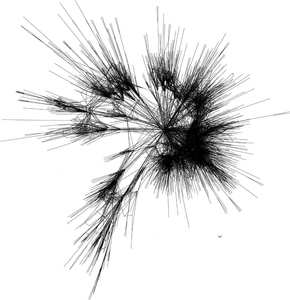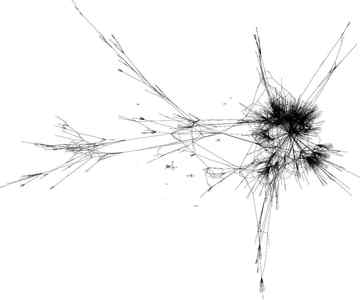We present a novel strategy, namely, multiscale editing for network generation problem. Our tool, termed MUSKETEER, uses this process to create high-fidelity artificial networks that can be arbitrarily similar to the original networks.
Publications
If you use MUSKETEER please cite
A. Gutfraind, I. Safro, L.A. Meyers "Multiscale Network Generation'', In Proceedings of IEEE 18th International Conference on Information Fusion (FUSION), pages 158-165, 2015 download.
Previous version of the method with more background details can be found in arXiv:1207.4266.
Patent pending
If you are interesting in this technology please see
CURF Reference: 2015-058
More information about relevant multiscale methods can be found in
D. Ron, I. Safro, A. Brandt, "Relaxation-based coarsening and multiscale graph organization", SIAM Multiscale Modeling and Simulations, Vol. 9, No. 1, pp. 407-423, 2011
A. Brandt, D. Ron "Multigrid solvers and Multilevel Optimization Strategies", in "Multilevel Optimization and VLSICAD" (J. Cong and J. R. Shinnerl, eds.), Kluwer Academic Publishers, Boston, 2003, (Chapter 1, 1:69)
